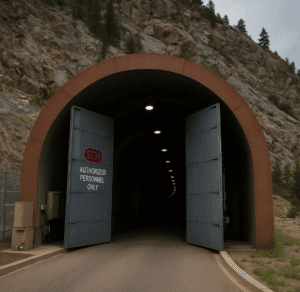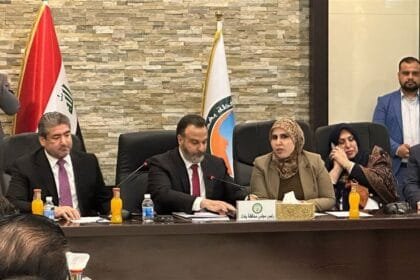Dubai, United Arab Emirates – Egypt announced a new archaeological discovery on the border with Palestine.
It is a military fortress from the New Kingdom era, more than 3,000 years old.
The Egyptian archaeological mission working at the archaeological site of Tell al-Kharouba in the Sheikh Zuweid area in North Sinai revealed a military castle from the New Kingdom era.
The castle is one of the largest and most important castles discovered on the Horus War Road, and is located near the Mediterranean coast.
The Ministry of Antiquities also stated that this discovery is a new addition that confirms the splendor of the military planning of the kings of the New Kingdom, who built a series of castles and defensive fortifications to protect Egypt’s eastern borders and secure the most important strategic roads that linked ancient Egypt to Palestine.
11 towers
Dr. Mohamed Ismail Khaled, Secretary-General of the Supreme Council of Antiquities, explained that excavation work resulted in the discovery of part of the southern wall of the castle, about 105 meters long and 2.5 meters wide, with a 2.20-meter-wide branch entrance in the middle, in addition to eleven defensive towers so far.
He added that the northwestern tower and part of the northern and western walls were uncovered.
The mission faced significant challenges due to the shifting sand dunes that covered large parts of the site.
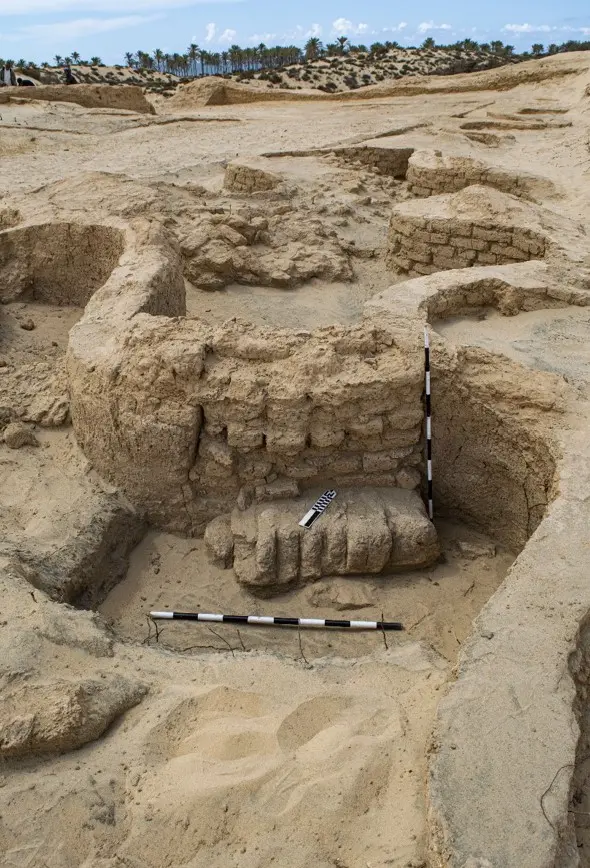
Winding wall
For his part, Mohamed Abdel Badie, head of the Egyptian Antiquities Sector, said that the mission also uncovered a winding wall 75 meters long on the western side of the castle, dividing it from north to south, and surrounding a residential area designated for soldiers.
It is a distinctive architectural design from the New Kingdom era that reflects the ability of ancient Egyptian architects to adapt to the harsh environment.
He also added that various pottery fragments and vessels were also found.
Among them are foundation deposits at the bottom of one of the towers dating back to the first half of the Eighteenth Dynasty.
In addition to a vessel hand sealed with the name of King Thutmose I.
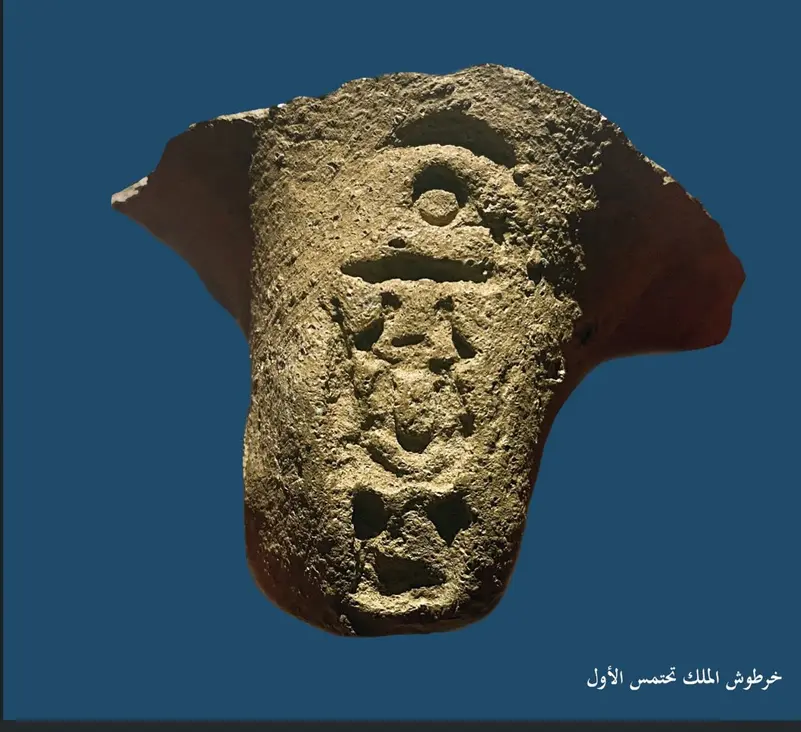
volcanic stones
Quantities of volcanic stones were also found that were likely transported by sea from the volcanoes of the Greek islands.
In addition to a large oven for preparing bread and next to it quantities of fossilized dough.
This confirms that the castle was an integrated center for the daily lives of soldiers.
Dr. Hisham Hussein, Director General of the General Administration of Sinai Antiquities, explained that preliminary studies have proven that the castle has witnessed several stages of restoration and modification over the ages, including modifying the design of the southern entrance more than once.
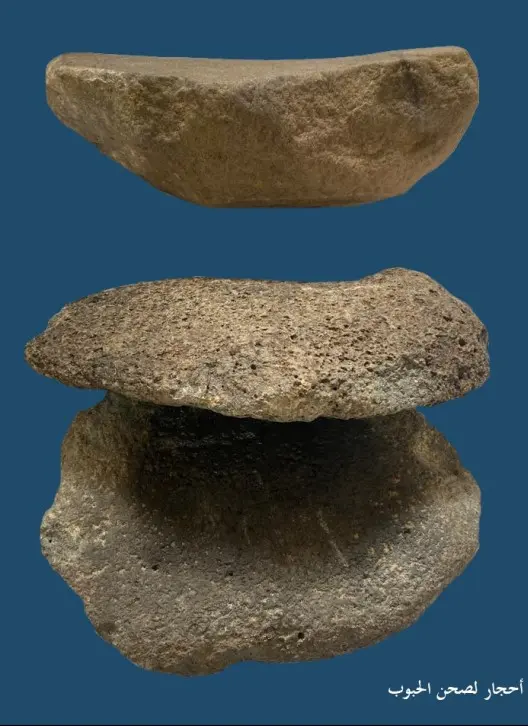
Hussein added that the area of the castle is about 8,000 square meters.
This is equivalent to three times the area of the castle that was discovered at the same site in the 1980s.
Which is located about 700 meters southwest of the current castle.
He also mentioned that this discovered castle is a new addition to a series of military castles discovered on the Horus War Road.
The most prominent of these are Tell Habwa, Tell al-Burj, and Tell al-Abyad, all of which date back to the New Kingdom era.
It is noteworthy that the era of the New Kingdom began with the Eighteenth Dynasty, which ruled Egypt in the period between 1550-1295 BC with King Ahmose, who expelled the Hyksos. Most of the kings of the state at that time followed an expansionist foreign policy and implemented many construction projects, especially in the famous Karnak Temple in Luxor.






